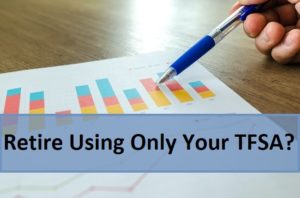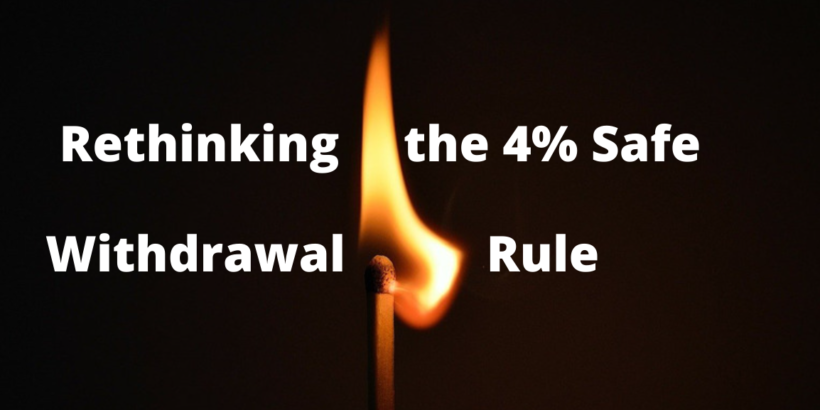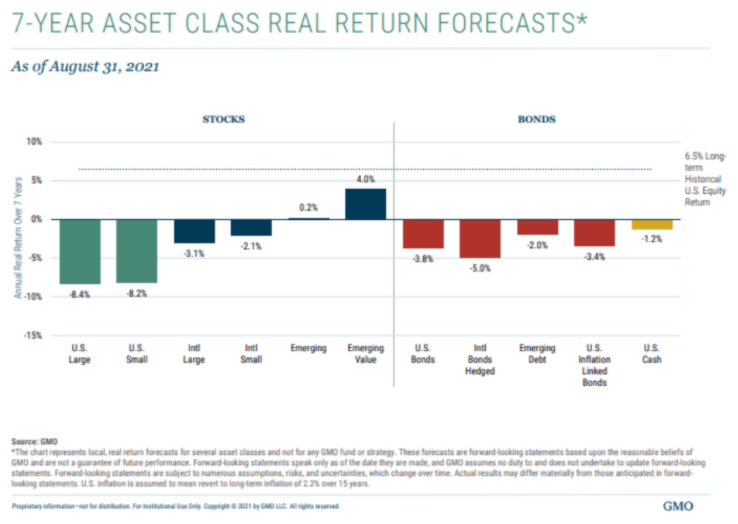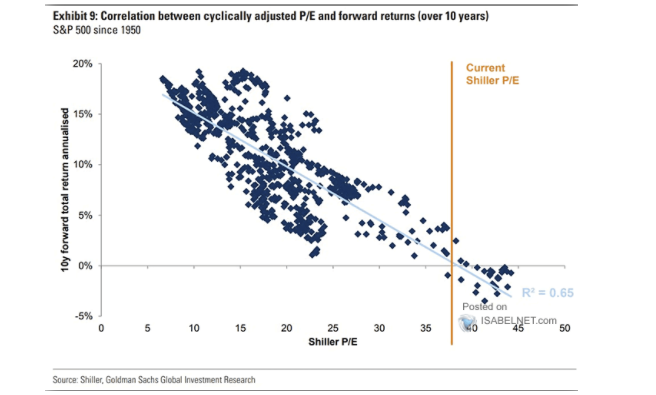If you start early enough – Can you retire using just your TFSA?
We believe so and in today’s post we’ll show you how!
Can you retire using just your TFSA? Why the TFSA is a gift for all Canadians!
Our Canadian government introduced TFSAs in 2009 as a way to encourage people to save money. Looking back, it was one of the best incentives ever created for Canadian savers …
Our Canada Revenue Agency has a HUGE library of TFSA links and resources to check out but we’ll help you cut to the chase along answering that leading question above:
Can you retire using just your TFSA?
Why the TFSA is just so good
Since the TFSA was introduced, adult Canadians have had a tremendous opportunity to save and grow their wealth tax-free like never before. While the TFSA is similar to a Registered Retirement Savings Plan (RRSP) there are some notable differences.
As with an RRSP, the TFSA is intended to help Canadians save money and plan for future expenses. The contributions you make to your TFSA are with after-tax dollars and withdrawals are tax-free. You can carry forward any unused contributions from year to year. There is no lifetime contribution limit.
For savvy investors who open and use a self-directed TFSA for their investments, these investors can realize significant gains within this account. This means one of the best things about the TFSA is that there is no tax on investment income, including capital gains!
How good is that?!
Here is a summary of many great TFSA benefits:
- Capital gains and other investment income earned inside a TFSA are not taxed.
- Withdrawals from the account are tax-free.
- Neither income earned within a TFSA nor withdrawals from it affect eligibility for federal income-tested benefits and credits (such as Old Age Security (OAS)). This is very important!!
- Anything you withdraw from your TFSA can be re-contributed in the following year, in addition to that year’s contribution limit, although we don’t recommend that. More in a bit.
- While you cannot contribute directly as you could with an RRSP, you can give your spouse or common-law partner money to put into their TFSA.
- TFSA assets could be transferable to the TFSA of a spouse or common-law partner upon death. This makes the TFSA an outstanding estate management account – leaving TFSA assets “until the end” can be very tax-smart.
Since you paid tax on the money you put into your TFSA, you won’t have to pay anything when you take money out. This feature combined with the ability to compound money, tax-free, over decades, can make the TFSA one of the best ways to build wealth for retirement.
RRSP vs. TFSA – which one is better?
There is no shortage of blog posts that highlight this debate and one of our favourites is from My Own Advisor. You can check out his post here.
Without stealing too much of his thunder, the RRSP vs. TFSA debate essentially comes down to this: managing the RRSP-generated refund.
Let’s dive deeper with a quick example.
Contributions to the RRSP are excellent because the contribution you make today lowers your taxable income – and you may get a tax refund because of it – a pretty nice formula. The problem is, some Canadians might spend the RRSP-generated refund from their contribution. You’ll see why this is a major problem.
Consider working in the higher 40% tax bracket whereby RRSP contributions to lower your taxable income make great sense:
- If you put $300 per month into the RRSP for the year, that’s a nice $3,600 contribution.
- You’ll get a $1,440 refund (40% of $3,600).
When your $1,440 RRSP-generated refund comes in, and now you decide to spend it on a new iPhone, just know that your RRSP refund is effectively borrowed government money. Yup, a long-term loan from the government they are going to come back for. If you always spend your refund you are undermining the effectiveness of RRSPs because you are giving up your government loan that would otherwise be used for tax-deferred growth. A refund associated with your RRSP contribution should not be considered a financial windfall but the present value of future tax payment you must make.
If you typically spend the RRSP-generated refund in our example then we think some Canadians are FAR better off prioritizing your TFSA over your RRSP because of the known benefits of that present-day contribution.
TFSAs offer tax-free growth for any income earner
At some point, the money that comes out of your RRSP (or Registered Retirement Income Fund (RRIF)) will be taxed.
With TFSAs, the government has eliminated the guesswork about taxation. Because the TFSA is like the RRSP, but in reverse (you don’t get any tax break on the TFSA contribution), TFSA withdrawals are tax-free.
For far more details including answering dozens of questions about this account, read on about our comprehensive TFSA post below:
If you haven’t contributed much towards your retirement and/or you can’t possibly save enough with so many competing financial priorities – that’s OK – striving to max out your TFSA contributions each year, every year, is still very valuable and admirable goal. In fact, focusing diligently on just maxing out your TFSA (and ignoring the RRSP account entirely) will still serve your retirement plan well.
Regardless of your income, any Canadian who is 18 years of age or older with a valid social insurance number (SIN) can open a TFSA. All you need to do is reach out to a financial institution, credit union or insurance company that offers TFSAs and open an account.
Whether you set up your automatic savings plan to your TFSA weekly, monthly, or other – striving to make the maximum contributions to this account can be a significant wealth-building tool as part of the Four Keys to Investing Success.
Let’s use a case study to demonstrate just how good this account can be for you too – and why you can retire just using your TFSA!
Can you retire using just your TFSA – A Case Study
The big question in his article is – given enough time (ie. if you start young enough), can someone retire using only their TFSA? The answer may surprise you, at least it surprised us!
To help accurately model this scenario to account for government benefits, inflation, taxes, tax credits, and optimized withdrawal schedules, we dove into the software that we are using to manage our own early retirement plans.
Here are the assumptions we made: Continue Reading…
 By Billy Kaderli, RetireEarlyLifestyle.com
By Billy Kaderli, RetireEarlyLifestyle.com










